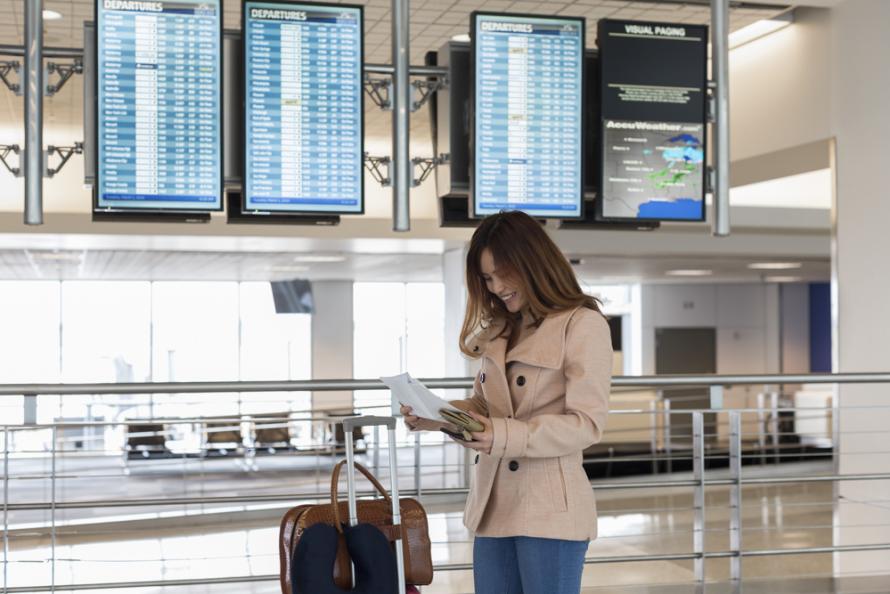Houston passengers grateful for shorter wait times.
When it comes to the length of time it takes to get through the Transportation Security Administration checkpoints at Houston’s airports, less is more — and happening more often at George Bush Intercontinental (IAH) and William P. Hobby (HOU) airports than many airports across the nation.
Recent studies of the times it takes to clear security lines while heading to terminal gates — conducted both by the TSA and the Houston Airport System — show more than 90 percent of travelers get through the mandated security check points in 10 minutes or less, more often than not.
To keep passengers moving at that brisk pace, the airport system has invested in a number of projects to help TSA with its vital mission. The Houston Airport System is leading the way with a reconfiguration of the Terminal D checkpoint, expected to be completed by the end of this summer. When the automated security lane opens in Terminal D, travelers won't have to push carry-on luggage toward the X-ray machine. They will simultaneously place their items in bins on an automated belt. The bins will go through the X-ray machine and, after items are removed, return to the beginning of the line. This means TSA officers won't have to divert their attention from security to collecting containers. Terminal B has a new monitoring system that checks the terminal exit lane, a job typically manned by a TSA employee.
A big help is the geographic spacing between the multiple security checkpoints at Bush Intercontinental. The five independent terminals at Bush are spread out, and each terminal has its own TSA checkpoint.
Also, Houston’s corporate scene attracts savvy business fliers who understand security protocols and are likely enrolled in the TSA Precheck trusted traveler program. This program allows the government to verify the traveler is not a security threat before he or she flies, and that person goes through an expedited security line.
But the key factor is the cooperation and communication between the airport, TSA, Customs and Border Protection and Federal Aviation Administration. This level of cooperation helps ensure adequate staffing is available, and remains nimble enough to handle any challenges that arise — like bad weather or other factors that can cause delays. All of these partners work together to share responsibility.
The cooperation, technology and focus on customer service has helped travelers flying out of Houston’s main commercial airports move quickly to their gates and on to their destinations with shorter waits at security and a better experience when traveling.
